Your cart is currently empty!
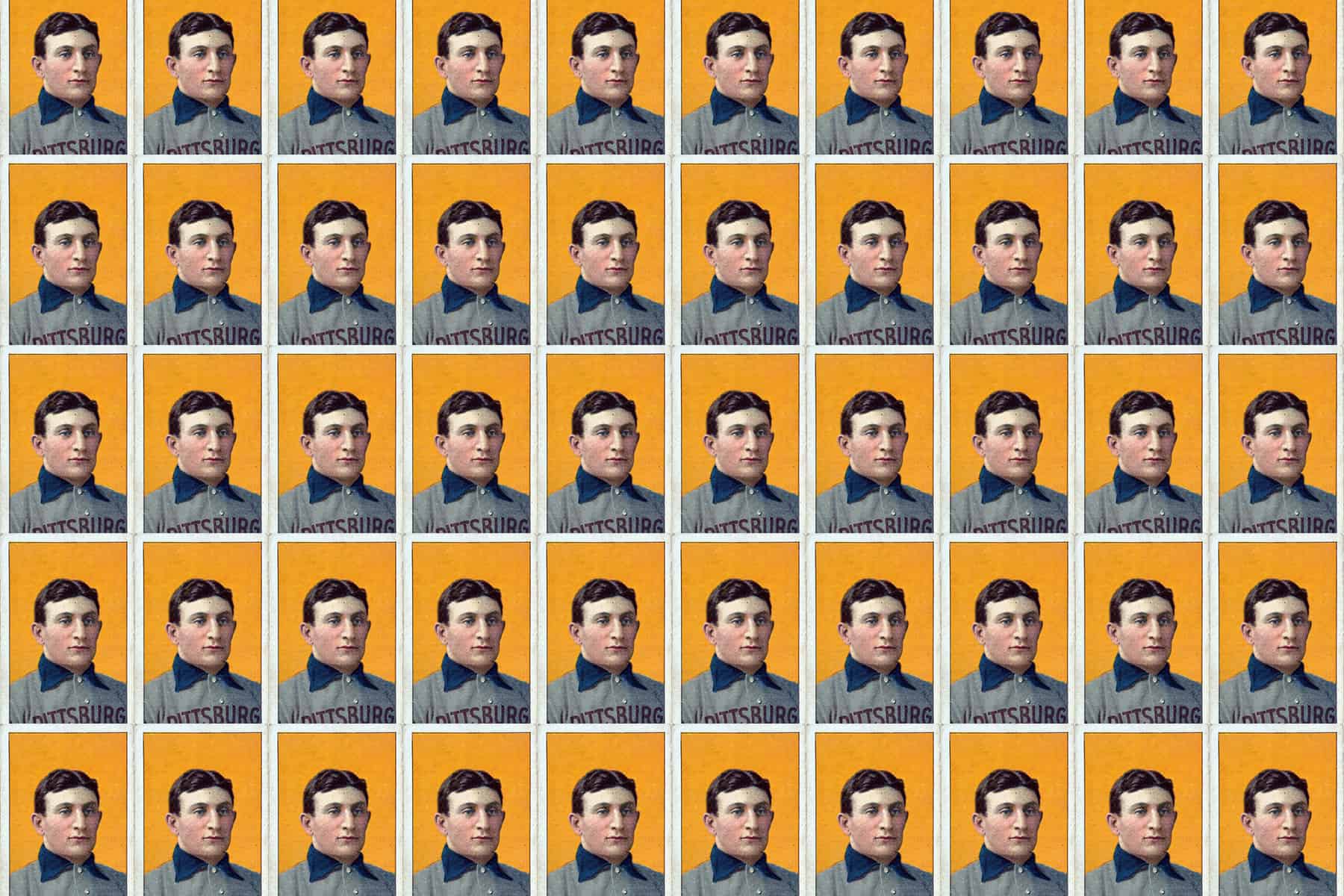
[sc name=”ad-250×250″][/sc]
In over 100 years, no baseball card has sparked as much fascination as the 1909-1911 T206 Honus Wagner. Despite the existence of more renowned players and even rarer cards in the baseball card collecting hobby, it is the T206 Honus Wagner that continues to enchant collectors and permeate popular culture.
What sets it apart? The story behind the T206 Honus Wagner, and the story of its investors, is what drives the value and interest over a century since it was printed. Where else can you find a card featuring a Hall of Fame player within the hobby’s revered “Holy Grail” baseball card set, all entwined with captivating tales, some conspiracy, plus scandals and an air of mystery?
Join us as we delve into the fascinating history of the T206 Honus Wagner, exploring theories surrounding its scarcity and unraveling the most significant aspects of this iconic piece.
History
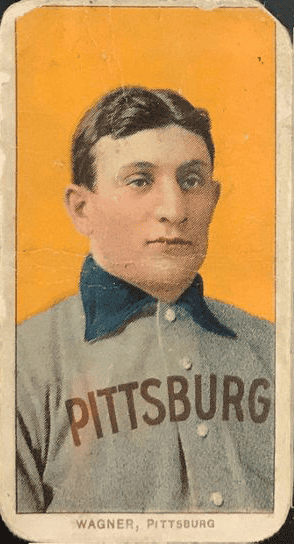
In the early 1900s, baseball card companies like Topps didn’t exist. Back then, candy and tobacco companies created cards, and they were simply a bonus with their main products.
The American Tobacco company was a tobacco conglomerate that produced brands like Sweet Caporal and Piedmont. They had been including baseball cards with their products for several years before they introduced the T206 cards in 1909. It was one of the first color sets, produced by lithograph with over 500 works of art.
So why was Honus Wagner – one of the game’s best players – so hard to find?
Theory #1: Honus Wagner was Anti-Tobacco
One widely accepted theory revolves around the circumstances of Wagner’s objection to the card’s production. Legend has it that Wagner was displeased with the use of his image on tobacco products, as he did not want to be associated with promoting smoking to children. Allegedly, the company pulled the card after a limited print run, at his request. Today, only 50-100 copies are known to exist. (For context, there are 50 Wagners shown in the photo at the top of this article)
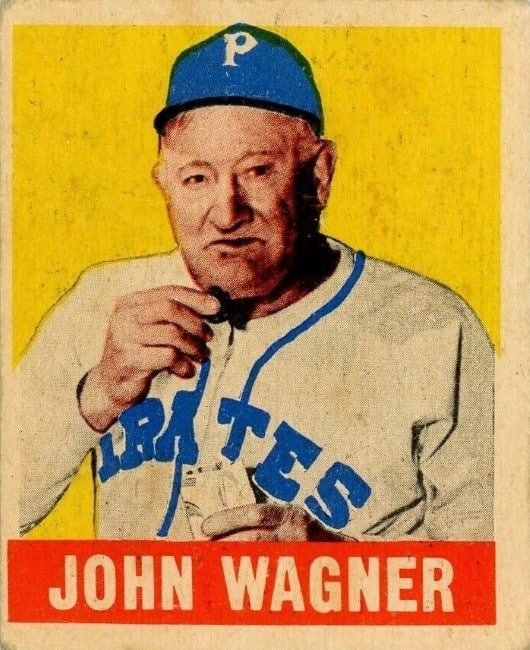
In 1900, the average American smoked 54 cigarettes in a year; by 1910, this had increased 18x, to 970 cigarettes per person, per year (Source: CDC). In addition, according to the National Cancer Institute, 80% of people born in 1920 went on to smoke at some point in their lives. This gives credence to the theory that Wagner was unhappy with tobacco use among young people in the early 1900s.
However, according to the National Baseball Hall of Fame, Wagner both chewed and smoked tobacco. He appeared in a cigarette ad in 1909, and his 1948 Leaf baseball card even shows him chewing tobacco. While this doesn’t prove he was against tobacco use among kids, it is an indication that this theory is false.
Theory #2: Honus Wagner Wanted More Money
Another commonly cited theory states that Honus Wagner objected to the use of his image on the T206 card because he was not fairly compensated for it. During the early 20th century, baseball players were not as highly paid as they are today, and endorsement deals were not as common. Wagner was one of the first players’ whose earnings from endorsements – from soda to gunpowder – outstripped his baseball salary.
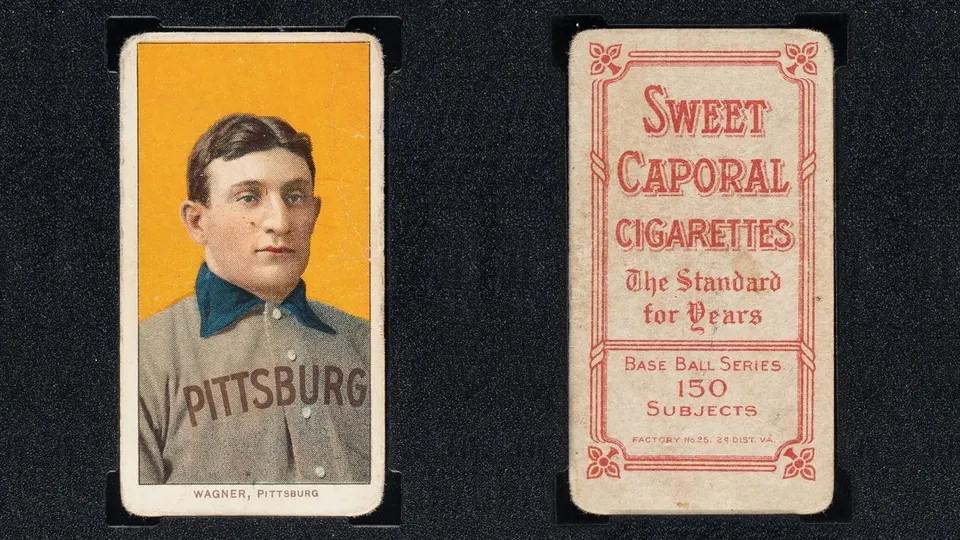
According to this theory, Wagner realized that tobacco products were using his image for promotion, but he did not receive adequate financial compensation in return. The American Tobacco Company, which produced the T206 set, likely offered a flat fee or a modest amount to Wagner for the rights to use his image, while making a lot of money itself. If Wagner believed that the compensation did not match the value of his endorsement or the potential revenue generated by the card, he may have chosen to protest by requesting the card’s removal from circulation.
A related theory, as reported by ESPN, says that the artist and the tobacco company got into a copyright dispute, causing card production to cease. This theory is more difficult to believe, given that over 99% of the cards had no issues with short prints.
Theory #3: Quality Control Issues
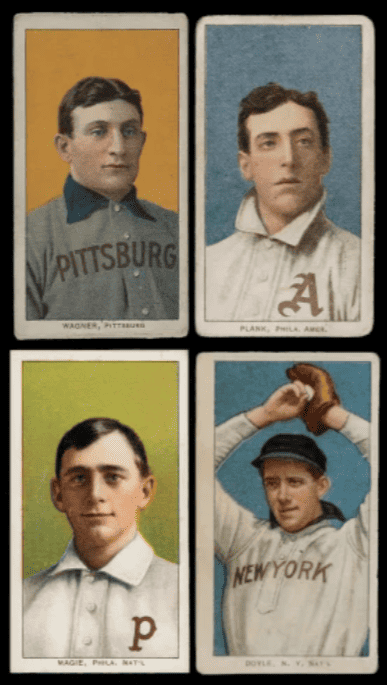
Another plausible theory suggests that the T206 Honus Wagner cards were subject to stringent quality control measures during the printing process, but the process was unreliable. Consequently, the public only had access to a small number of cards. This theory aligns with the idea that the limited supply was not intentional but rather a consequence of rigorous production standards, and it’s true that the cards on the market don’t suffer from printing errors like misaligned colors.
While this theory is not as interesting as the others, it does also explain the scarcity of other cards in the set – notably, Sherry Magee, Eddie Plank and Joe Doyle. Collectors acknowledge that those cards also had errors or variations (Magee, Doyle) and alleged printing plate issues (Plank). Sometimes, collectors attribute the scarcity of the T206 Honus Wagner to broken printing plates (although this theory is less prevalent).
When we’re talking about the nascent days of baseball cards, shortages caused by quality issues certainly make sense.
Theory #4: Regional Distribution Issues
Distribution problems during the early 20th century could also be a contributing factor to the scarcity of the T206 Honus Wagner card. Some people believe that Wagner, being a Pittsburgh Pirates player, may have limited the distribution of his card to the local area, making it less widely available compared to cards featuring players from other teams. This regional restriction could have inadvertently led to a limited supply of the card.
However, Pittsburgh’s population was larger in 1910 than other major league cities like Cincinnati and Washington, DC. The T206 also featured cards of 18 other Pirates players, without any shortages or regional issues.
Sales of the T206 Honus Wagner
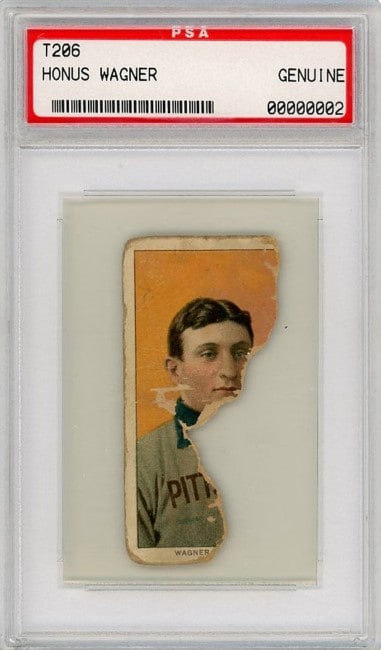
The mystery surrounding the scarcity of the T206 Honus Wagner card has led to significant intrigue around the card. In the 1930s, the Wagner card earned its designation as rare for the first time when it featured in the influential American Card Catalog, created by renowned collector Jefferson Burdick. At the time, he assigned a value to the Wagner card that was 200x the value of other cards in the set.
Prominent collectors like hockey star Wayne Gretzky, actor Charlie Sheen and Ken Kendrick (owner of the Arizona Diamondbacks) have also owned the card. The Metropolitan Museum of Art, the New York Public Library and even a group of nuns in Baltimore owned copies at some point.
The most recent T206 Honus Wagner cards have sold for as much as $7.25 million, which is the second-highest sale ever for a baseball card. Even a fragment of a T206 Honus Wagner holds significant value, as evidenced by a torn-in-half card selling for $475,000 in 2022, and a PSA 1 card fetching over $3.13 million in the same year.
Scandals, Fakes & Alterations
Due to the high value given to the T206 Honus Wagner, it has unfortunately been subject to several scandals around card trimming and fakes. Even well-established auction houses fell victim to doctored cards.
The Gretzky T206 sold for a then-record $451,000 in 1991, in a sale that stunned collectors and non-collectors alike. Gretzky submitted the card to PSA shortly after acquiring it. The card received a PSA 8 grade and, subsequently, Gretzky sold it to Walmart for $500,000 in 1995 as part of a giveaway. Nevertheless, subsequent analyses revealed that it had been altered and should never have been assigned a grade.
Alternative versions of the T206 Honus Wagner card have surfaced and vanished from public visibility due to doubts about their authenticity. Overall, only 60 authenticated Wagner cards are recognized to exist, with just three of them attaining a PSA rating of 5 or higher.
Conclusion
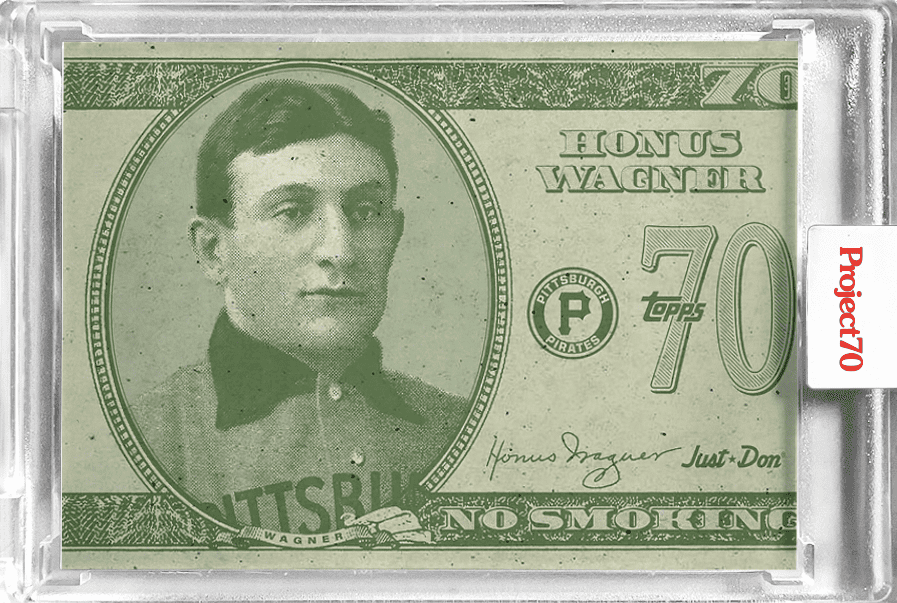
Today, while the original card is rare, you can find the T206 Honus Wagner on everything from t-shirts, jigsaw puzzles and in derivative works and reprints. Why is it so popular?
“The card is valuable because it is famous; it is famous because it is valuable,” noted one writer.
Due to its scarcity and folklorish appeal, the T206 Honus Wagner continues to captivate the imagination of collectors and enthusiasts. While historical context, quality control, and distribution issues offer reasonable explanations, the allure of more outlandish theories adds an element of fun to the quest for the truth.
Whether rooted in reality or fueled by whimsy, the T206 Honus Wagner card remains an iconic and enigmatic piece of baseball card history.
Tags:
Share:
